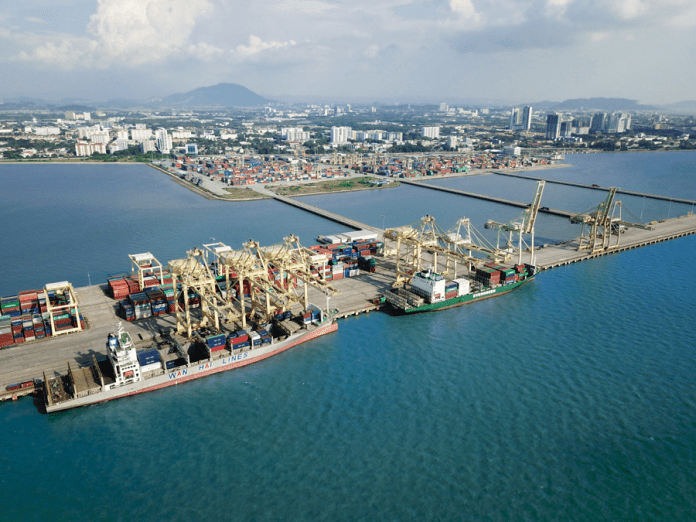In its recently published report titled Global Slowdown Will Hit Not Halt Asia Pacific Growth, S&P Global Ratings noted that Asia-Pacific will be a bright spot in the global economy in 2023. The house assumes that domestic resilience and solid growth in mainland China–albeit off a weak base–will keep regional growth at a healthy level. Strong consumption in the more domestically led economies of India, Indonesia, and the Philippines will also lift the average.
Beneath this overall resilience is significant pockets of weakness. Soft global demand will deplete growth in export-driven economies, such as South Korea and Taiwan,” said S&P Global Ratings’ Asia-Pacific Chief Economist Louis Kuijs.
GDP levels in Asia-Pacific ex-China will decelerate in 2023 to 3.9%, from 4.8% in 2022, it added.
S&P said Asia-Pacific will be vulnerable to foreign exchange (forex) stress in 2023. High U.S. interest rates and significant current account deficits in some countries create vulnerability. Policymakers have managed currency strains so far. But the possibility of a currency crunch and capital flight may yet rattle one or more emerging markets in 2023.
“China’s short-term outlook remains poor,” said Mr. Kuijs. “Organic growth remains weak amid persistent, widespread COVID disruptions. But growth should pick up in 2023 as the COVID stance and property downturn ease.”
The global slowdown has started to weigh on manufacturing activity and sentiment, especially in Northeast Asian manufacturing export economies.
While inflation strains vary in Asia-Pacific, they are generally less of a problem than in the U.S. Still, core inflation has risen especially fast in Australia, New Zealand, and the Philippines. It has also increased substantially in South Korea and has remained high in India.
Loius added S&P projects a modest tightening of the Bank of Japan’s (BOJ) monetary policy in 2023. Recent scrutiny of the BOJ’s highly accommodative stance has centered around the sharp yen depreciation, caused by the divergence from U.S. Fed tightening, and the impact of the BOJ’s yield curve control on the government bond market.
The fact that interest rates are rising faster in the U.S. than Asia-Pacific has pulled capital out of the region. S&P estimates that net financial outflows rose by US$127 billion in the first eight months of 2022 in six large Asian emerging market economies compared with a year earlier, to US$400 billion.









